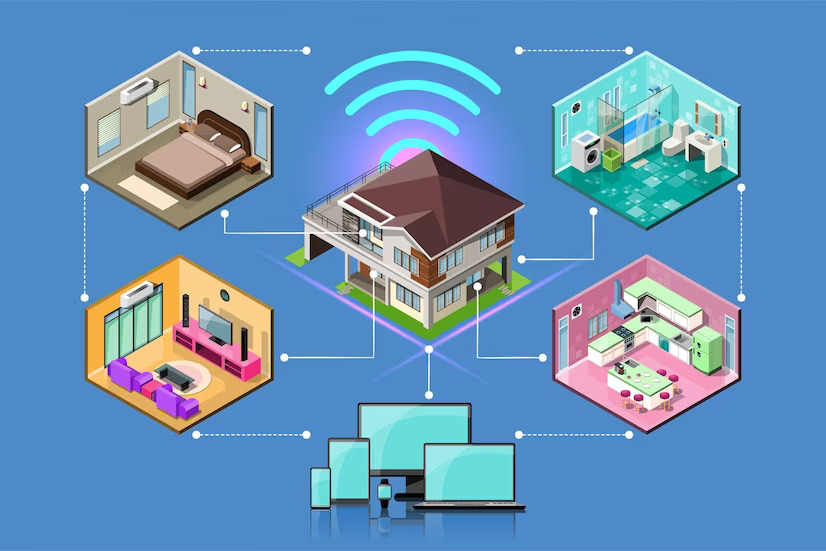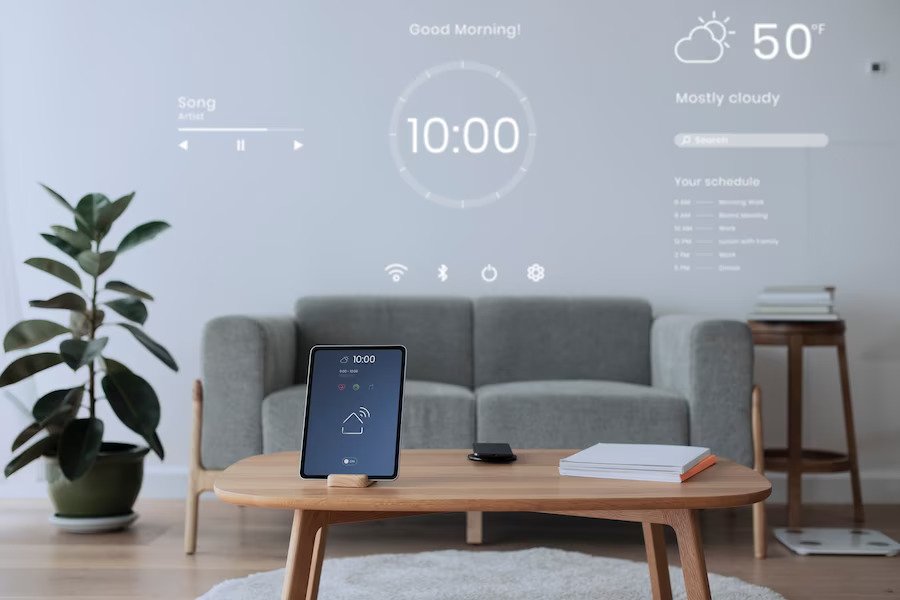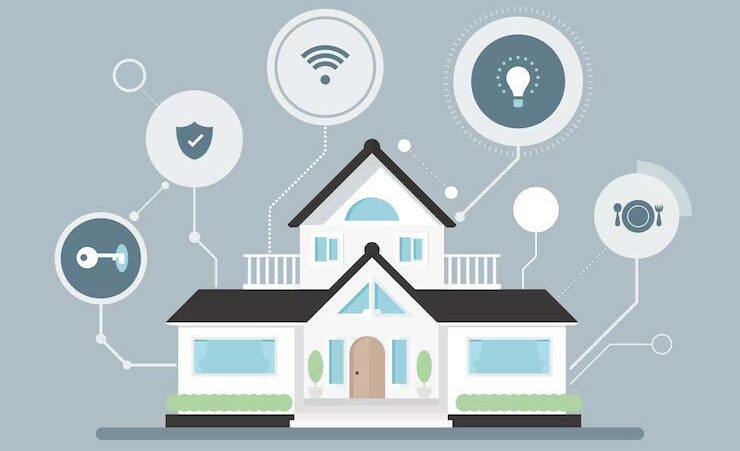Smart Homes: The Future of Domestic Automation
The age of smart homes has arrived, and it is set to revolutionize the way people live. With everything from lighting to heating, security, and appliances connected to the Internet, the potential for automation and control is limitless. But what exactly is domestic automation? Dive into the technical aspects of domestic automation and discover how it can improve your life.
Smart innovations have grown in popularity as the world moves towards a technological and automated era. Domestic automation has been around for quite some time but has only recently gained mainstream attention. With smart homes becoming more common, devices like an electric TV lift have become a part of modern-day households. Explore the world of domestic automation and how it changes people’s lives in smart homes.
Smart Homes and Domestic Automation: What Are They?
Smart homes are houses that have various devices and appliances connected to the Internet, allowing for remote control and automation. Domestic automation is the use of technology to control and manage various aspects of a home, such as lighting, heating, security, and entertainment systems. Smart homes and domestic automation work together to improve convenience, efficiency, and the overall quality of life for homeowners.
How Does Smart Home Improve Your Lifestyle?
Smart homes provide numerous advantages that can enhance daily life. For example, they enable simple control and automation of various home systems, saving time and energy.
Smart homes also increase security by allowing remote monitoring and control of cameras and door locks. Furthermore, they can optimize energy usage, resulting in lower utility bills. In general, smart homes provide homeowners with convenience and peace of mind by making their lives easier and more efficient.
What Is the Technology Behind Home Automation?
Domestic automation is the integration of various devices and technologies to create an interconnected home system. It includes sensors, controllers, and communication systems that work together to automate and monitor various aspects of a home.
A smart thermostat, for example, can adjust the temperature based on the user’s preferences and daily routines. Similarly, an electric TV lift can be controlled remotely via a smartphone app. Domestic automation technology is constantly evolving and improving, with new devices and technologies being introduced regularly to enhance smart homes even further.
The Internet of Things (IoT) and Its Role in Smart Homes
The IoT is the concept of connecting devices and appliances to the Internet, allowing them to communicate and be controlled remotely. It enables seamless automation between various home systems, such as turning on lights when someone enters a room or adjusting the thermostat based on the outdoor temperature; and their remote monitoring and control via smartphone apps.
Sensors, Actuators, and Controllers in Home Automation
Sensors, actuators, and controllers work together in an interconnected network to create a seamless and efficient system:
- Sensors detect environmental changes, such as temperature or movement, and transmit the information to a controller;
- The controller uses that data to determine how to automate various aspects of the home, such as adjusting the thermostat or turning on/off lights;
- Actuators physically control systems in the home, such as opening/closing doors or adjusting blinds, to carry out these commands.
Communication Protocols Used in Home Automation
Wi-Fi, Bluetooth, Zigbee, and Z-Wave are some of the communication protocols used in home automation. They allow wireless communication between devices and systems within smart homes.
The rise of smart homes has ushered in a new era of domestic automation, with limitless possibilities for control and customization. By embracing this technology, you can improve your quality of life by saving time, money, and energy while living in a safer and more comfortable home.



















